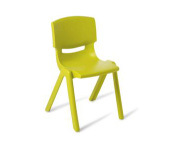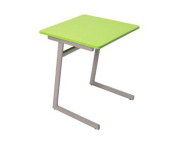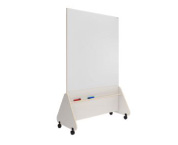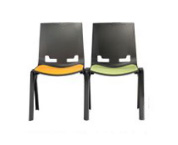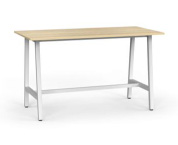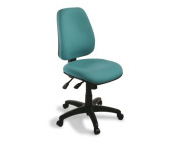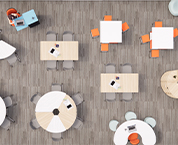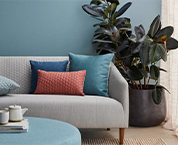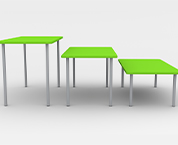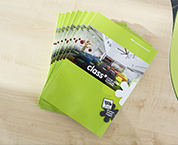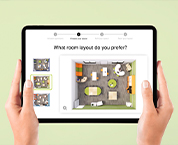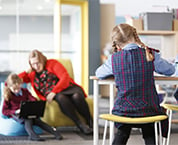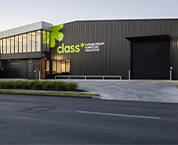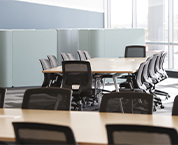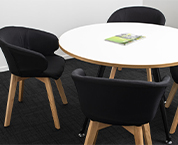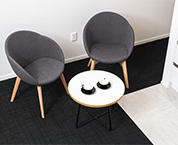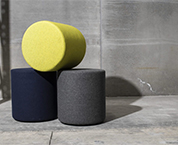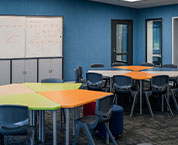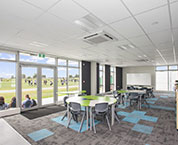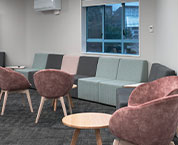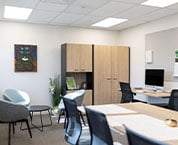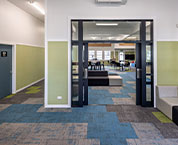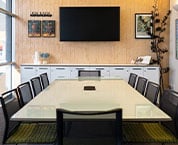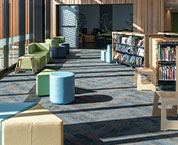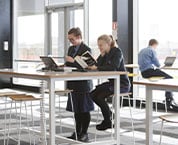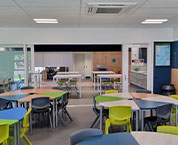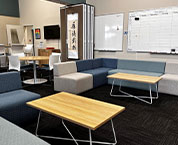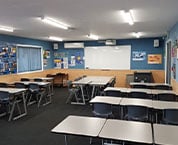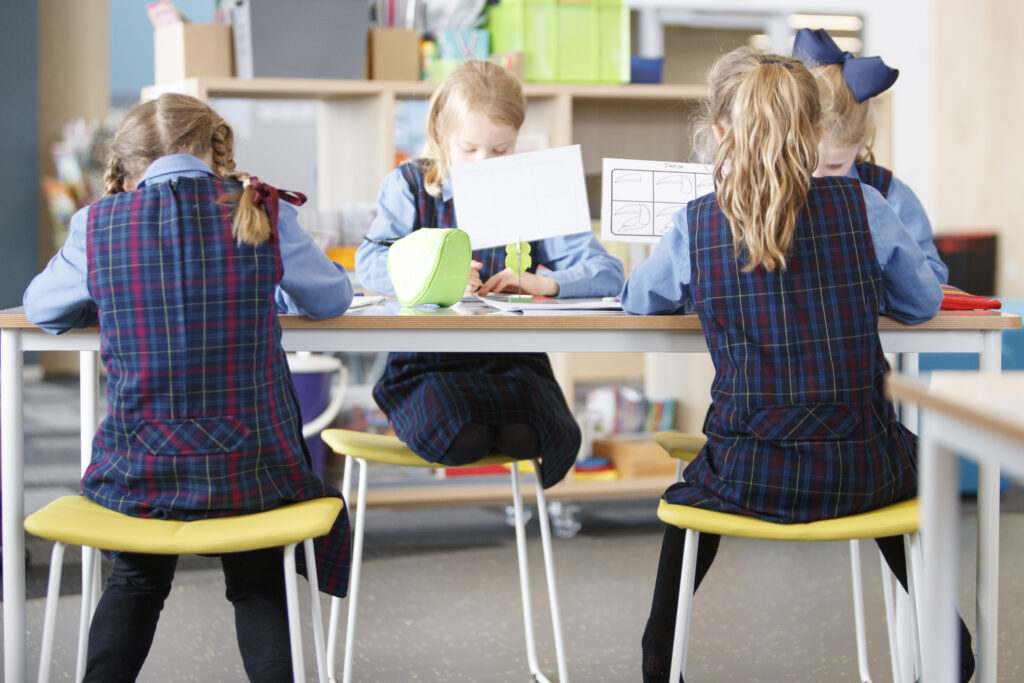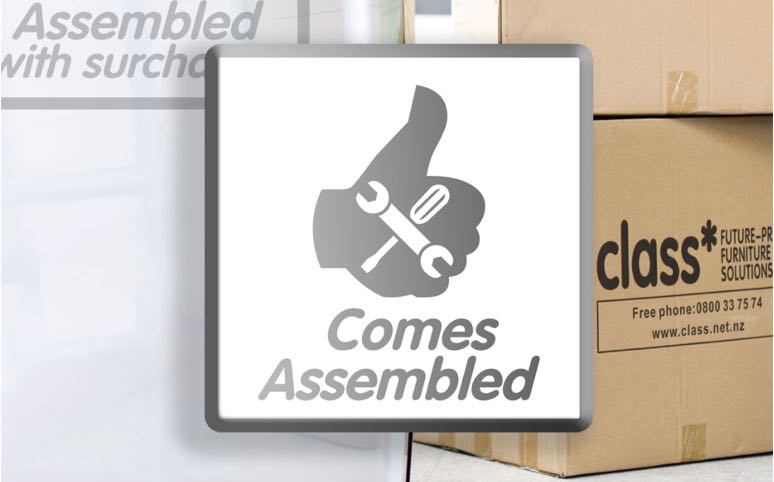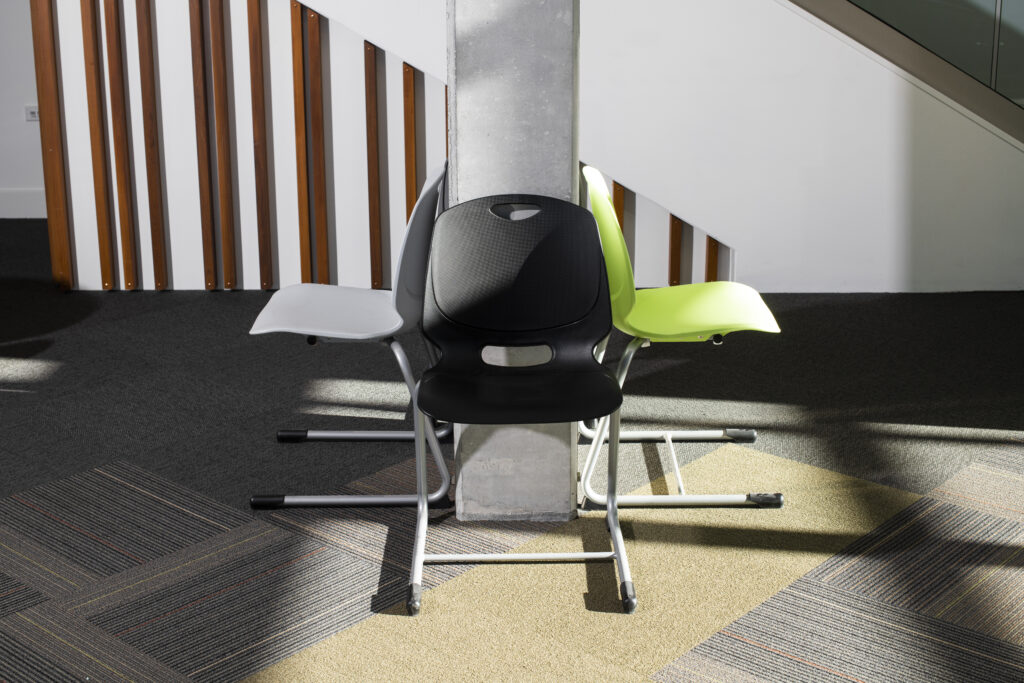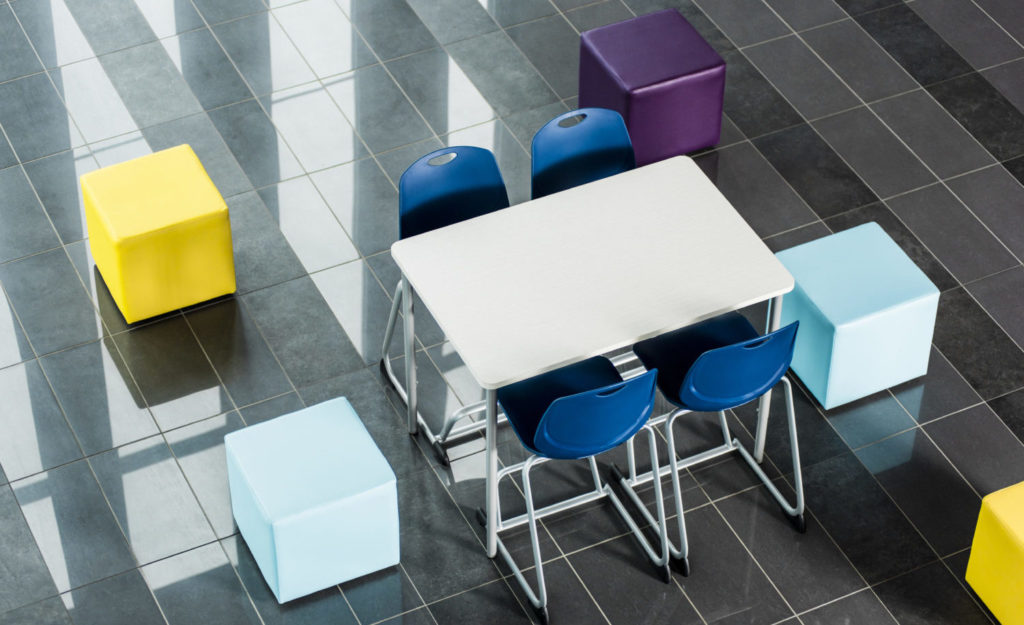It’s recognised these days that kids don’t like sitting in straight lines behind desks. In fact, they’re known to learn far more effectively if they’re able to find the study method they’re most comfortable with (or, as we like to think of it, Active Learning). This can be broken down into four main categories, and students may switch between them or stick with the one they like best.
Logical Learners:
Who move around to the area that best suits what they’re doing at the time. They rock at analysing and solving problems.
Creative Learners:
Prefer individual seating, but also like to see what everybody else is doing. These artistic, conceptual little minds are our future writers, designers and entrepreneurs.
Controlled Learners:
Like their own space because it keeps them from being distracted and means they can keep an eye on all their stuff. These highly organised kids become accountants, planners and analysts.
Interpersonal Learners:
Like to be in groups facing each other, and interact as much as can. Highly developed emotionally, they are expressive and musical. Our future teachers, social workers and musicians.
Read More about preferred styles of learning:
These styles of preferred learning lead in turn to various ways Learning Spaces have to adapt to. The four main ways areas can be set out are:
Private/Alone
For individual focused work, making allowance for visual and acoustic impact. Although modern methods have brought about an increase in collaborative work, studying alone is still a critical part of learning. These spaces – for example study booths and small breakout rooms – provide privacy from distraction, allowing maximum efficiency.
Tip: Cool colour palettes are thought to support solitude.
Public/Alone
The space needed when students like to work individually, but in each other’s company. Research repeatedly shows that students study “alone together” like this, for example at long tables in libraries. These spaces are used when individual study is required but staying in touch with social connections is equally important, for either quick visits or longer stops.
Tip: Mid-range cool colours have been shown to support concentration and focused work in the presence of others.
Private/Together
These spaces support group work; team collaboration and study when privacy (visual and/ or acoustic) is important. They should accommodate a range of group sizes and learning modes, use vertical planes to display information, and allow students to easily share digital content.
Tip: Warm hues reflect the energy of the space.
Public/Together
Open group work with other students or teaching staff. These spaces support impromptu brainstorming and sharing of information among group members while allowing opportunities for mentoring and learning between teachers and pupils. Spaces should support different group sizes and the four different ways of learning described above.
Tip: Mid-range warm hues improve the vibes in these spaces.

For a free class* CAD booklet filled with layout ideas, concepts and furniture suggestions, get in touch

Download the latest class* catalogue and specials brochure or email us if you prefer hard copy.
EMAIL US FOR HARDCOPY
More Helpful Stuff



